

— Blogs —
—Products—
 Consumer hotline +8618073152920
Consumer hotline +8618073152920 WhatsApp:+8615367865107
Address:Room 102, District D, Houhu Industrial Park, Yuelu District, Changsha City, Hunan Province, China
Product knowledge
Time:2024-10-03 17:03:19 Popularity:300
In today's society, with the acceleration of industrialization and urbanization, water resource management and ecological environmental protection have become major global issues. As a scientific and systematic means of water resource management and ecological environmental protection, hydrological monitoring programs are gradually receiving widespread attention. In this paper, we will discuss how hydrological monitoring programs can help improve the regional ecological environment, and analyze their advantages and disadvantages, in order to provide useful references for relevant decision makers.
Hydrological monitoring programs provide detailed data support for water resource management by monitoring the distribution, flow and quality of water resources in real time. These data help decision makers to manage water resources more effectively and ensure that ecological water use is met, thereby maintaining the ecological balance of rivers, lakes and wetlands. For example, during the dry season, by monitoring groundwater levels and river flows, irrigation and water extraction activities can be rationalized to avoid water depletion and ecological imbalance caused by over-extraction.
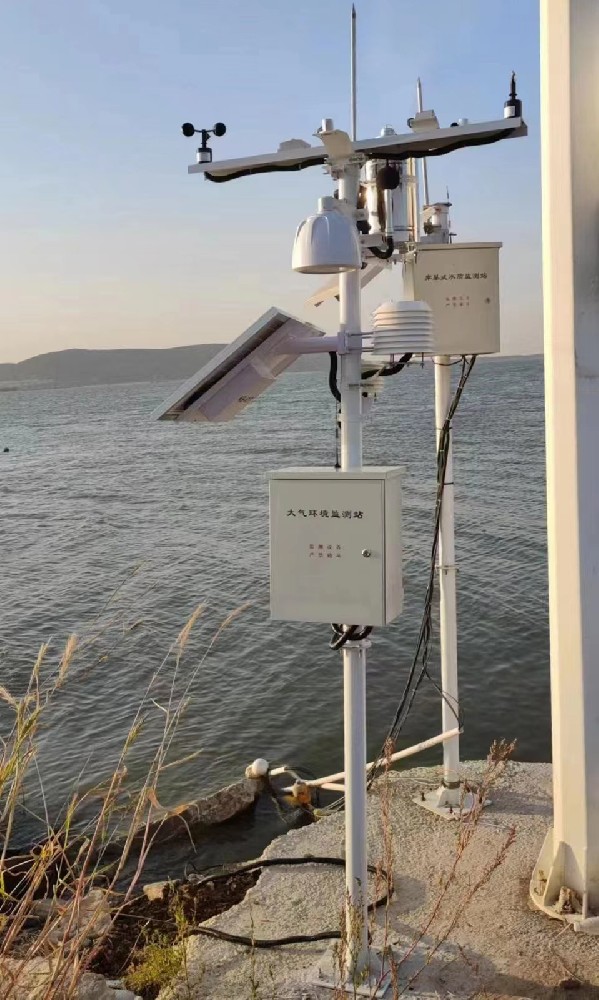
Water quality monitoring is an important part of the hydrological monitoring program. Through real-time monitoring of water quality parameters such as dissolved oxygen, ammonia nitrogen, heavy metals, etc., pollution incidents can be detected in a timely manner and appropriate treatment measures can be taken. This not only helps to reduce the direct impact of pollutants on the ecological environment, but also provides the environmental protection department with a basis for law enforcement and promotes the effective management of pollution sources.
River flow is a key factor in maintaining the living environment for aquatic organisms. By monitoring river flow, the hydrological monitoring program can ensure that the ecological flow is maintained and provide the necessary living environment for aquatic organisms. This is important for the protection of biodiversity and the maintenance of ecological balance.
Natural disasters such as floods and droughts are extremely destructive to the ecological environment. By monitoring water levels and rainfall, the hydrological monitoring program can warn of these disasters in advance, providing valuable time for disaster prevention and mitigation. This helps to reduce the damage to the ecosystem caused by disasters and protect wetlands and biological habitats.
Long-term, continuous hydrological monitoring data provide valuable resources for scientific research in ecology, environmental science and other fields. These data help to reveal the laws of hydrological cycles, assess the health of ecosystems, and provide a scientific basis for ecological protection and restoration.
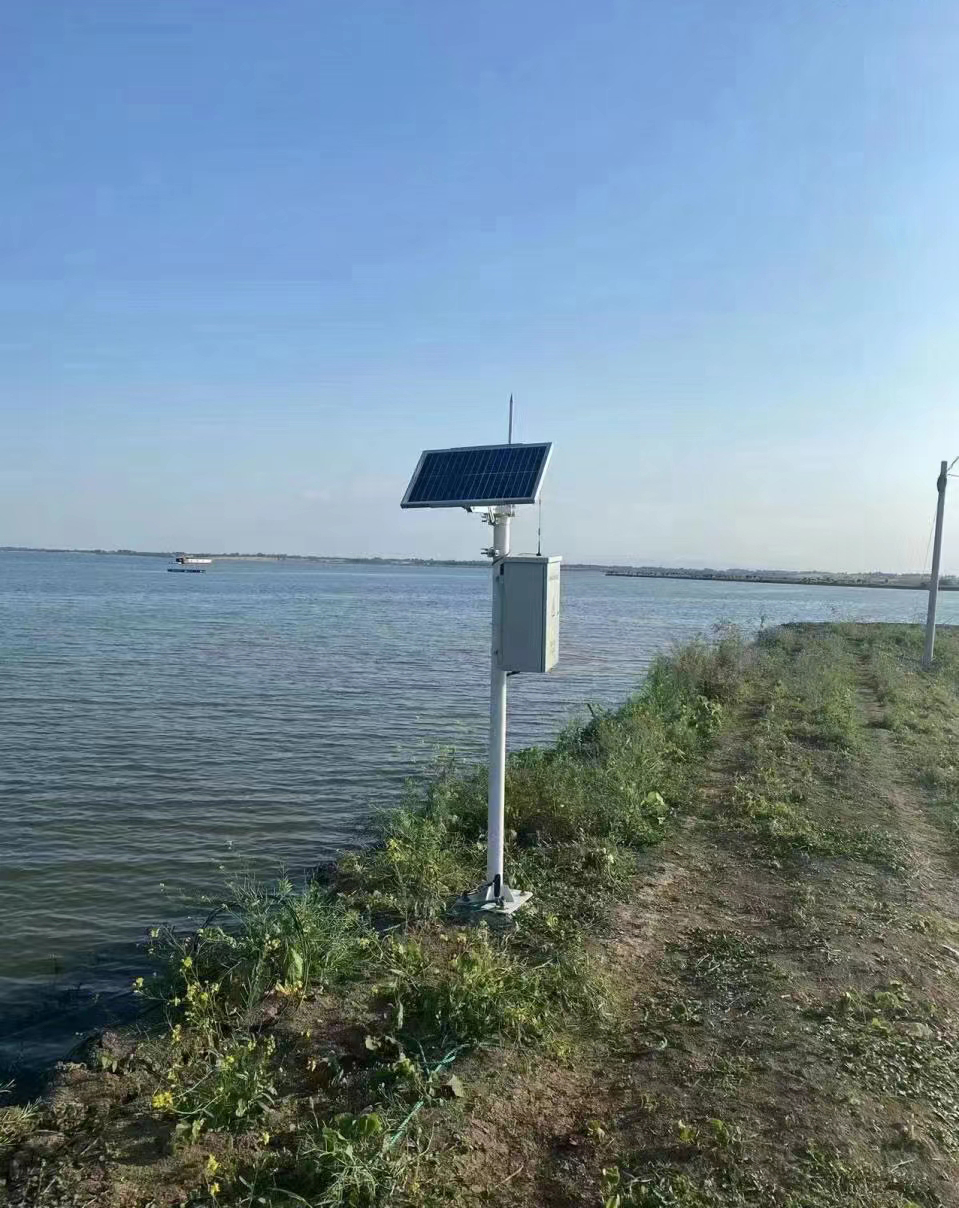
The hydrological monitoring program provides decision-making support for water resources allocation, utilization and protection. Through real-time monitoring and analysis of hydrological data, reasonable water resource management strategies can be formulated to improve the utilization efficiency of water resources.
In extreme weather conditions such as floods, hydrological monitoring programs can provide early warning and valuable time for disaster prevention and mitigation. This helps to reduce the damage caused by floods and other disasters and protect people's lives and properties.
Hydrological monitoring programs help protect biodiversity and ecological balance by monitoring and maintaining the water ecosystem. This is important for maintaining the stability and sustainability of regional ecosystems.
The provision of long time series of hydrological data is an important basis for climate change studies. The hydrological monitoring program provides strong data support for climate change research and prediction by continuously monitoring changes in hydrological elements.
The hydrological monitoring program provides a scientific basis for agricultural irrigation. By monitoring soil moisture and groundwater level in agricultural fields, it can realize precise irrigation and improve the utilization efficiency of water resources, while reducing the waste of water resources and environmental pollution.
Hydrological monitoring programs also play an important role in urban water management. By monitoring urban water resources, it can support water management activities such as urban water supply, drainage and sewage treatment, and improve the utilization efficiency and management level of urban water resources.
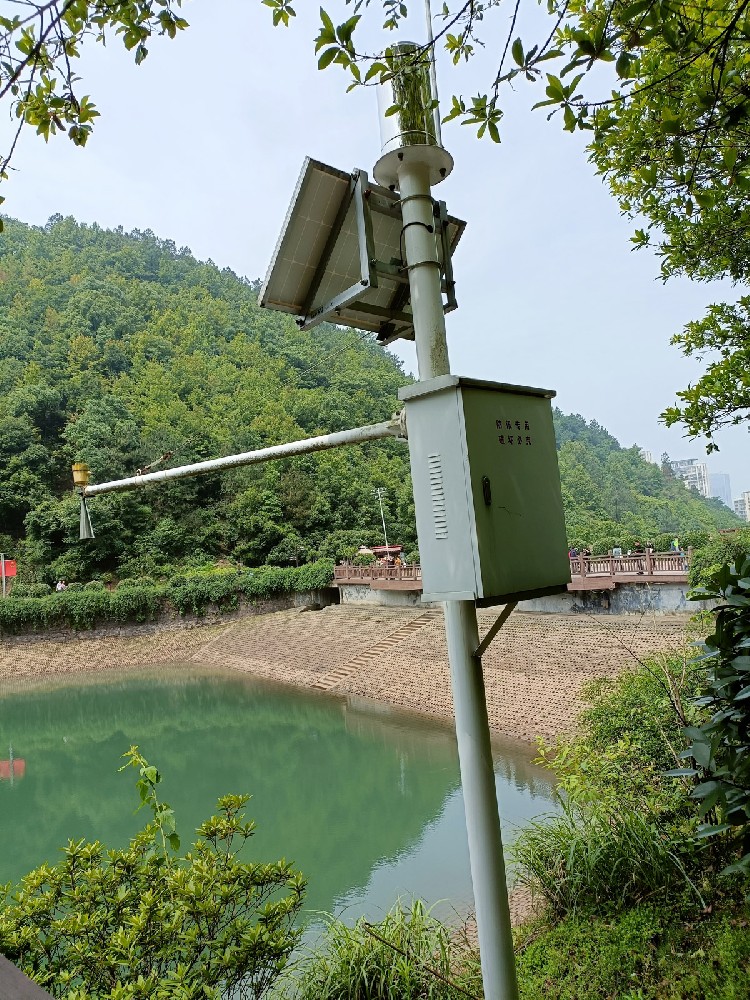
Hydrological monitoring program can real-time monitoring of water level, flow, water quality and other hydrological elements, to provide timely and accurate data support for decision makers. In extreme weather conditions, it can provide early warning and valuable time for disaster prevention and mitigation.
The sensors and equipment used have high precision and stability, which can ensure the accuracy and reliability of the monitoring data. The data transmission equipment adopts advanced communication technology to ensure real-time data transmission and integrity.
The hydrological monitoring program can cover a wide range of water body types such as rivers, lakes, reservoirs, etc., to meet the monitoring needs in different scenarios. Sensors and equipment can be flexibly configured and expanded according to actual needs to meet the requirements of different monitoring tasks.
The collected data can be stored in the cloud or local database, which is convenient for subsequent data management and analysis. Through the data analysis software, the monitoring data can be deeply mined and analyzed to provide scientific basis for water resources management, flood control and drought relief.
The hydrological monitoring program helps to realize the rational allocation and scheduling of water resources and improve the utilization efficiency of water resources. By monitoring water quality parameters, water quality problems can be detected in a timely manner and measures can be taken to improve them, thus helping to protect water resources and the ecological environment.
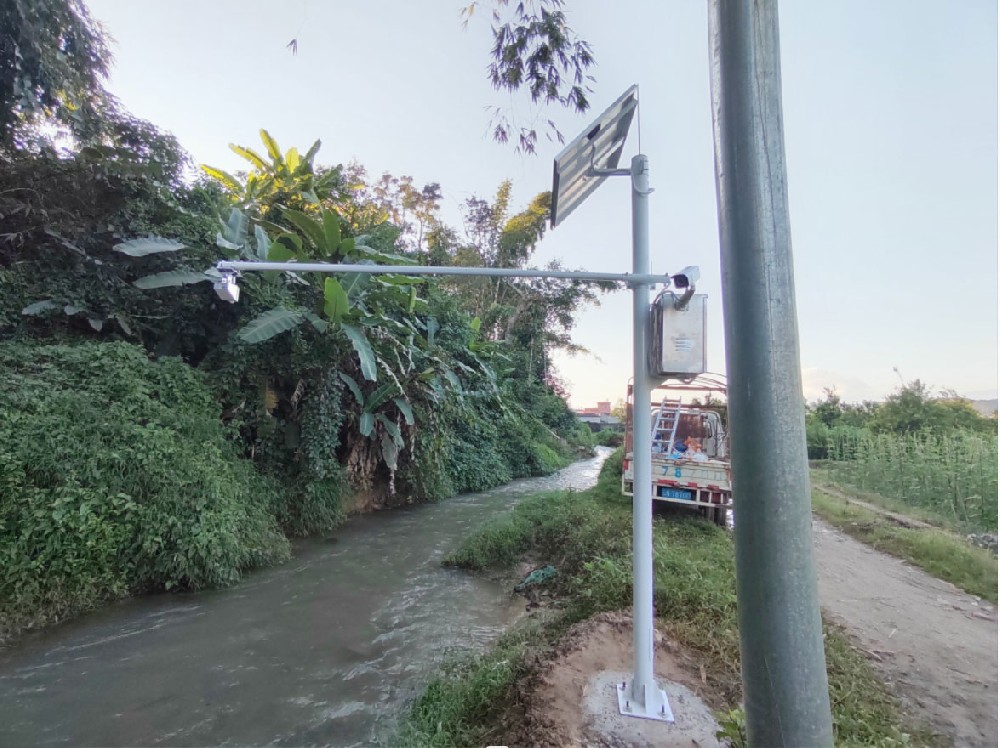
A hydrological monitoring program requires the purchase and deployment of a large number of sensors and equipment, as well as the establishment of corresponding data transmission and storage facilities, and is therefore more costly. It may be difficult for some less economically developed regions or small-scale water conservancy projects to afford these costs.
With the continuous development of technology, sensors and equipment need to be updated and upgraded to maintain their sophistication and accuracy. At the same time, the maintenance and upkeep of the equipment requires a certain amount of specialized knowledge and technical support, which may increase operational and time costs.
There may be differences in the sensors and equipment used in different regions and departments, leading to inconsistencies in data formats and affecting data integration and analysis. The data sharing mechanism is not yet perfect, which may lead to the emergence of data silos, affecting the full utilization and value of data.
Under some extreme environmental conditions (e.g., high temperature, low temperature, strong magnetic field, etc.), the performance of sensors and equipment may be affected, leading to errors or instability in monitoring data. Therefore, it is necessary to consider the environmental adaptability of the sensors and equipment when selecting them, and take corresponding measures to protect and maintain them.
Hydrological monitoring programs play an important role in improving regional ecological environment. Through real-time monitoring of water quality, flow and other hydrological elements, they provide strong support for water resource management, pollution monitoring, ecological flow maintenance, disaster early warning and scientific research. However, hydrological monitoring programs also have some drawbacks, such as higher costs, difficulties in updating and maintaining technology, data standardization and sharing problems, and environmental adaptability.
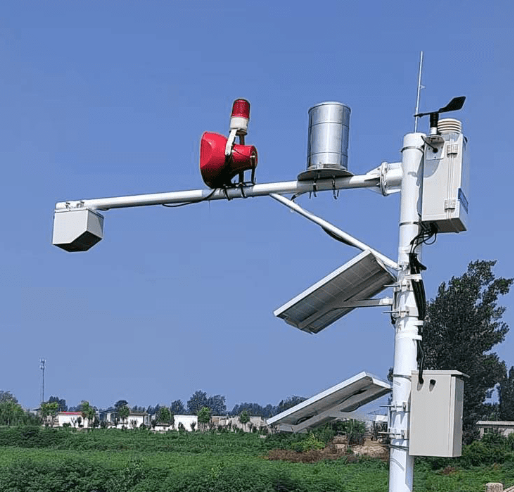
In order to overcome these shortcomings, we need to continuously explore and innovate. On the one hand, costs can be reduced and performance improved by optimizing the design and production process of sensors and equipment; on the other hand, data standardization and sharing mechanisms can be strengthened to facilitate data integration and utilization. In addition, technological R&D and innovation can be strengthened to improve the level of intelligence and automation of hydrological monitoring programs to better adapt to complex and changing environmental conditions.
Looking ahead, with the continuous advancement of technology and the gradual improvement of policies, hydrological monitoring programs will play an even more important role in improving regional ecological environment. We have reason to believe that with the joint efforts of the whole society, we will be able to realize the sustainable use of water resources and the virtuous cycle of the ecological environment.
Related recommendations
Sensors & Weather Stations Catalog
Agriculture Sensors and Weather Stations Catalog-NiuBoL.pdf
Weather Stations Catalog-NiuBoL.pdf
Related products
 Combined air temperature and relative humidity sensor
Combined air temperature and relative humidity sensor Soil Moisture Temperature sensor for irrigation
Soil Moisture Temperature sensor for irrigation Soil pH sensor RS485 soil Testing instrument soil ph meter for agriculture
Soil pH sensor RS485 soil Testing instrument soil ph meter for agriculture Wind Speed sensor Output Modbus/RS485/Analog/0-5V/4-20mA
Wind Speed sensor Output Modbus/RS485/Analog/0-5V/4-20mA Tipping bucket rain gauge for weather monitoring auto rainfall sensor RS485/Outdoor/stainless steel
Tipping bucket rain gauge for weather monitoring auto rainfall sensor RS485/Outdoor/stainless steel Pyranometer Solar Radiation Sensor 4-20mA/RS485
Pyranometer Solar Radiation Sensor 4-20mA/RS485
Screenshot, WhatsApp to identify the QR code
WhatsApp number:+8615367865107
(Click on WhatsApp to copy and add friends)